Double-Spending Risk Calculator
Calculate Your Network's Security Risk
Enter the cryptocurrency's current market cap and hash rate to determine the risk of a 51% attack and estimated attack cost.
Imagine spending the same $10 bill twice-once at the grocery store, then again at the gas station. In the physical world, that’s impossible. But in early digital cash systems, it was a nightmare. That’s the double-spending problem, and it’s what made decentralized digital money seem like a fantasy-until Bitcoin changed everything.
What Double-Spending Actually Means
Double-spending happens when someone tries to use the same digital coin in two different transactions. Because digital files can be copied, there’s no built-in way to stop it without a trusted middleman. Banks solved this by keeping ledgers and verifying every transfer. But Bitcoin’s breakthrough was removing the need for that middleman altogether. The solution? A public, timestamped ledger-called the blockchain-where every transaction is verified by a network of computers. Once a transaction gets confirmed by enough miners, it becomes nearly impossible to reverse. But that only works if the network is big enough. Smaller networks? Not so much.Bitcoin: The Unbroken Ledger
Since Bitcoin launched in January 2009, no confirmed transaction has ever been successfully double-spent. Not once. Not even during the Mt. Gox hack in 2014, when 850,000 BTC were stolen, or the Bitfinex breach in 2016, which cost 120,000 BTC. Victims tried to get miners to reverse the transactions. One user even offered a $5,000 BTC bribe. The attacker could have easily outbid them-because they already had 100+ confirmations. The math didn’t work. Bitcoin’s security isn’t magic. It’s economics. As of November 2023, the network spends about $15 billion a year on mining rewards and fees to protect itself. That’s more than the entire market cap of 95% of other cryptocurrencies. With a hash rate of 400 exahashes per second, it would cost billions to overpower it. No one’s done it. And no one likely will.When Smaller Chains Cracked: The 51% Attack
The Achilles’ heel of most cryptocurrencies isn’t a bug in the code-it’s size. If you control more than half the network’s mining power, you can rewrite history. That’s a 51% attack. And it’s happened. A lot. Bitcoin Gold (BTG) got hit twice. First in November 2018, when attackers reversed $18 million in transactions. Then again in May 2020, with another $70,000 stolen. Both times, the attackers rented mining power from NiceHash for under $10,000 an hour. BTG’s market cap was $180 million-far higher than the cost to attack it. Ethereum Classic (ETC) suffered even worse. On August 5, 2020, attackers executed a coordinated double-spend that reversed 460,000 ETC-worth $3.2 million at the time. They didn’t stop there. Two more attacks followed that same month, totaling over $8 million stolen. The attackers used a clever trick: sending multiple transactions to the same wallet with increasing nonces, making it look like legitimate activity until the reorg hit. These weren’t theoretical. One exchange owner lost $220,000 after accepting just 12 confirmations. They thought they were safe. The attacker had rewritten 4,000 blocks. No one had ever seen a reorg that deep before.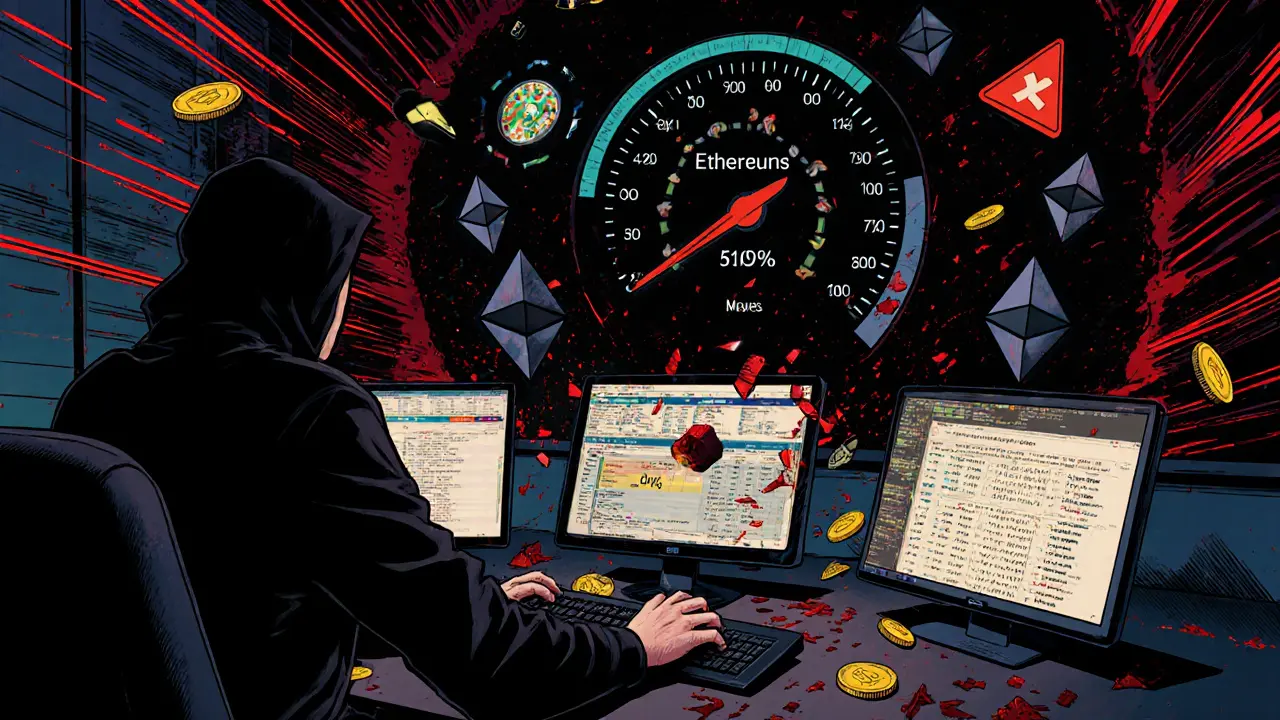
The Finney Attack: A Sneaky Trick
Not all double-spends require massive hash power. The Finney attack-named after early Bitcoin developer Hal Finney-is quieter. It exploits zero-confirmation transactions. Here’s how it works: A miner secretly mines a block containing a fraudulent transaction (say, sending BTC to themselves). Meanwhile, they send a legitimate-looking transaction to a merchant who accepts payments without waiting for confirmations. The merchant ships the product. Then the miner broadcasts their secret block. If it gets accepted, the merchant’s transaction gets erased from the chain. The merchant gets nothing. The miner walks away with the goods and the coins. Gambling sites in 2013-2014 lost hundreds of BTC this way. Merchants thought they were being fast. They were just being naive.How Networks Responded
After the 2020 ETC attacks, exchanges scrambled. Kraken raised confirmation requirements from 50 to 500 blocks-roughly 3 hours to 2.5 days. Coinbase now requires at least 6 confirmations for Bitcoin, and 30+ for most altcoins. For high-value deposits, some exchanges wait over 100 blocks. The MIT Digital Currency Initiative created an open-source reorg tracker to monitor suspicious chain reorganizations in real time. Binance says using tools like this helped them catch 97% of suspicious activity after their 2019 hack. Ethereum Classic tried to fix things with a hard fork called Phoenix 5 in December 2020. It added a dynamic difficulty adjustment to make renting hash power more expensive. It didn’t work. Attacks continued in 2022.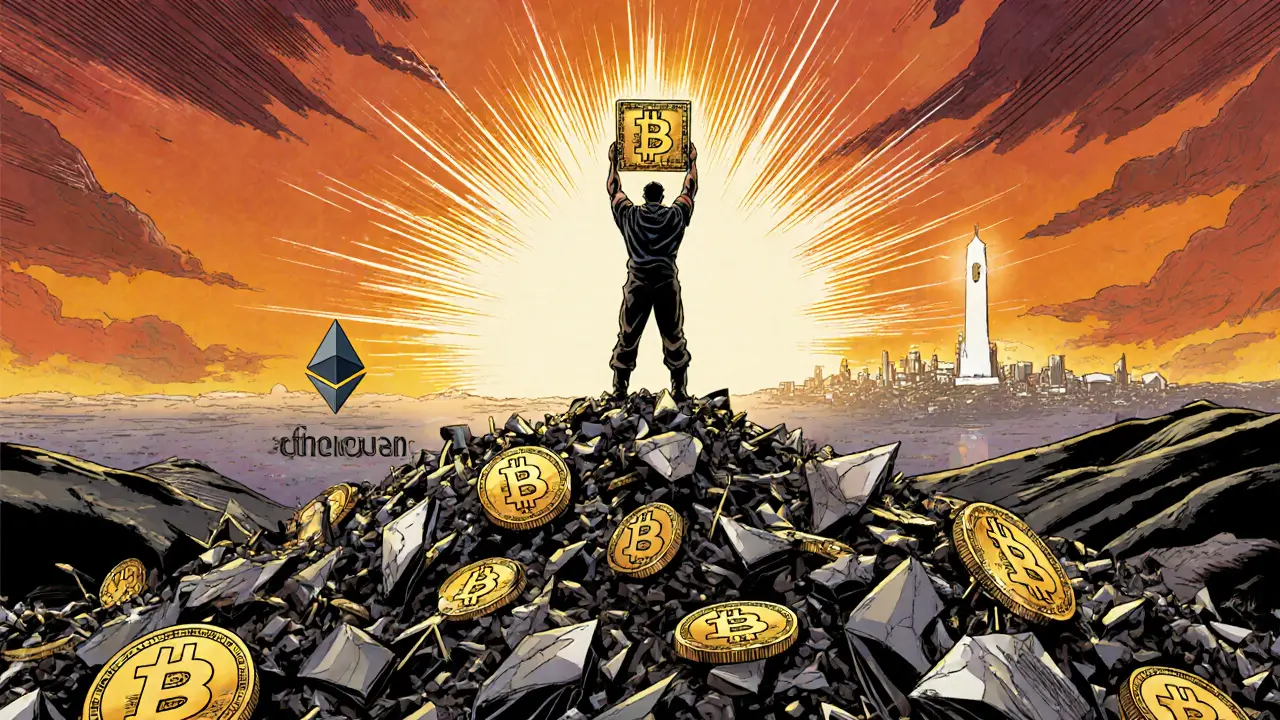
The Bigger Picture: Why This Matters
Double-spending attacks aren’t just about stolen coins. They destroy trust. After the 2020 ETC attacks, the r/etclounge subreddit lost 63% of its active users in five months. Bitcoin Gold’s community saw hundreds of posts about lost funds and exchange shutdowns. Market impact was brutal. ETC lost 41.5% of its value in 30 days. Other small proof-of-work coins saw similar drops. Messari’s 2022 report found that networks hit by 51% attacks lose an average of 37% of their market cap within a month. The result? The industry moved on. In 2020, only 45% of the top 20 cryptocurrencies used proof-of-stake. By 2023, that number jumped to 82%. Ethereum’s switch to proof-of-stake in September 2022 was a turning point. No more 51% attacks. No more renting hash power. Just staked ETH and economic penalties. Today, Coinbase and Binance won’t list any proof-of-work coin that’s been hit by a 51% attack in the last 24 months. They also demand minimum daily trading volumes and hash rate thresholds. If your coin can’t afford to defend itself, it won’t get listed.What You Should Do
If you’re a merchant or exchange:- Never accept zero-confirmation transactions for anything over $100.
- Wait for at least 6 confirmations on Bitcoin for transactions over $1,000.
- For altcoins, check their hash rate and recent reorg history before setting confirmation rules.
- Use tools like the MIT DCI reorg tracker to monitor suspicious activity in real time.
- Don’t assume a coin is safe just because it’s been around for years. Bitcoin Gold had been around since 2016-and still got hit twice.
- Know the risks. If the daily mining cost is less than the coin’s market cap, it’s a target.
- Consider moving to proof-of-stake alternatives like Ethereum, Cardano, or Solana.
- Don’t treat altcoins like Bitcoin. They’re not secure in the same way.
The Future of Double-Spending Defense
The best defense isn’t more mining power-it’s better design. Projects like Chronologic Network are experimenting with “timechain” protocols that use timestamp data from multiple independent sources to make reorgs harder to fake. Early tests look promising. Bitcoin’s Taproot upgrade in November 2021 didn’t directly stop double-spending, but it made transactions more efficient. That means more value is protected per unit of hash power-making attacks even less economical. Galaxy Digital predicts that 90% of proof-of-work coins with market caps under $500 million will either switch to proof-of-stake or die by 2027. The math is too simple: if the cost to attack you is less than what you’re worth, you’re not a currency-you’re a target. Bitcoin remains the only digital currency that’s proven it can defend itself at scale. Everything else is still learning.Has Bitcoin ever been successfully double-spent?
No. Since Bitcoin launched in 2009, no confirmed transaction has ever been reversed through a double-spend attack. Even during major hacks like Mt. Gox and Bitfinex, attackers stole coins but never reversed confirmed transactions on the blockchain. Bitcoin’s massive hash rate and economic security make it practically impossible to overpower.
What is a 51% attack?
A 51% attack happens when a single entity controls more than half of a cryptocurrency’s mining power. With that control, they can reverse transactions, prevent new ones from confirming, and double-spend coins. It doesn’t let them steal coins from other people’s wallets, but it does let them undo their own past transactions. This is why small networks with low hash rates are vulnerable.
Which cryptocurrencies have been hit by double-spending attacks?
Bitcoin Gold (BTG) was attacked twice-in 2018 and 2020-losing over $18 million total. Ethereum Classic (ETC) suffered three major attacks in August 2020, reversing $8.8 million in transactions. Other targets include Verge (XVG), Vertcoin (VTC), Litecoin Cash (LCC), and Expanse (EXP). All of these had hash rates too low to deter rented mining power.
How many confirmations are safe for Bitcoin transactions?
For small transactions under $1,000, 3 confirmations (about 30 minutes) are usually enough. For high-value transactions, wait for 6 confirmations (about 1 hour). Exchanges often require 30 or more confirmations for deposits. The more confirmations, the lower the chance of a reorganization. Each one makes a reversal exponentially harder.
Why don’t exchanges just reverse transactions after a hack?
Because reversing transactions requires changing the blockchain, which means overriding the consensus of the entire network. Even if an exchange offered a bribe to miners (like Bitfinex tried to do), the attacker already has the advantage of confirmed blocks. They can outbid the victim and still keep control of the chain. Bitcoin’s design makes chain rewrites economically irrational for anyone except the attacker.
Are proof-of-stake coins immune to double-spending?
They’re immune to 51% hash power attacks, which is the main vector for double-spending in proof-of-work chains. But they’re not immune to all attacks. Proof-of-stake uses economic penalties instead of hash power to secure the network. If someone tries to double-spend, they risk losing their staked coins. This makes attacks far more expensive and less attractive-especially on large networks like Ethereum.

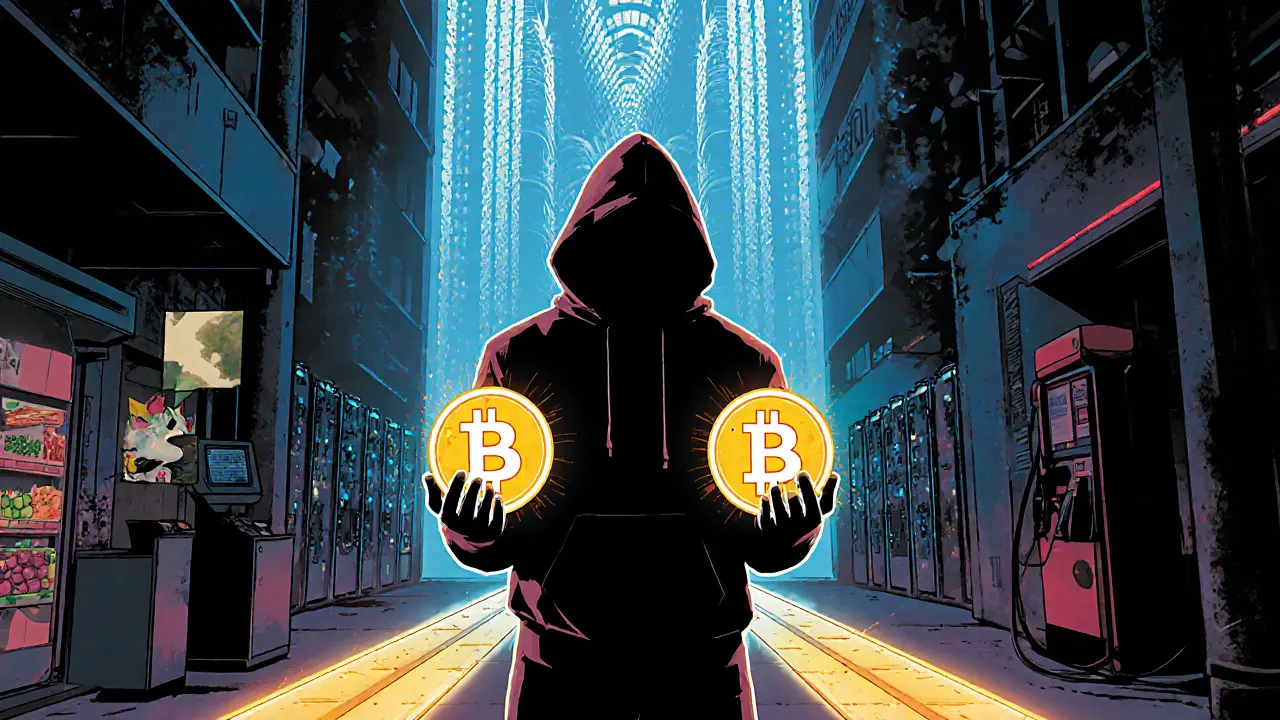
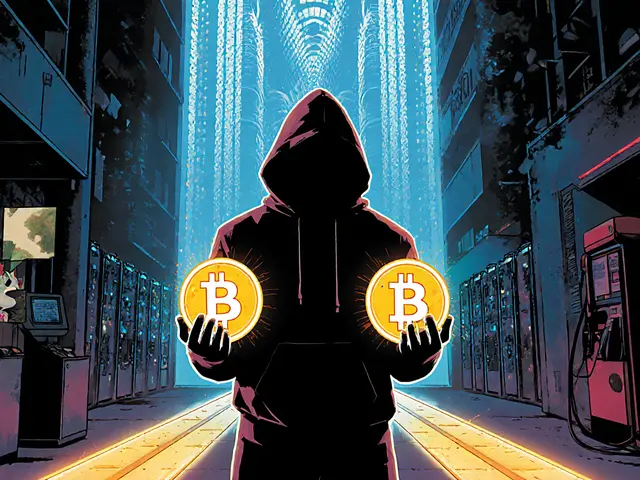
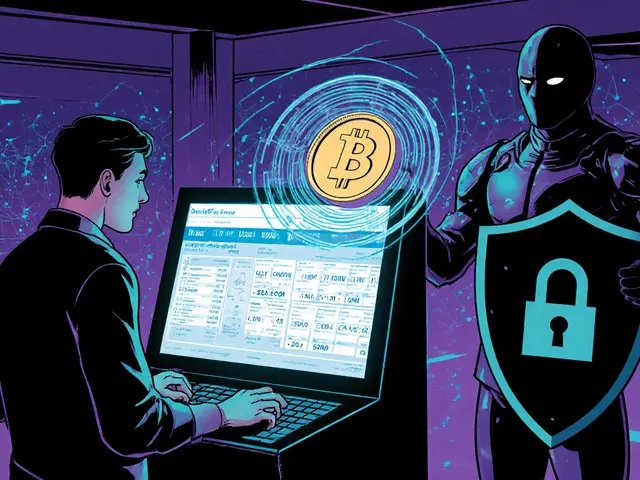
Ella Davies
November 17 2025Bitcoin's security isn't magic-it's just math and money. The fact that it costs $15 billion a year to attack it is the real firewall. Most altcoins are just playing dress-up with blockchain tech.
Henry Lu
November 18 2025lol you guys act like bitcoin is some holy grail but it's just a glorified spreadsheet run by dudes in basements. the 51% attacks on btg and etc prove it's all a house of cards. if you're not mining it you're just renting the illusion of security.
Barbara Kiss
November 19 2025There's something deeply poetic about how Bitcoin's defense is economic, not cryptographic. It doesn't outsmart you-it outlasts you. The cost of betrayal becomes higher than the reward. That's not just security. That's wisdom built into code.
Most people think blockchain is about decentralization. But the real breakthrough is making trust a function of capital, not charisma.
It turns out the most reliable ledger isn't the one with the most nodes-it's the one with the most at stake.
nikhil .m445
November 19 2025Dear friends, i must say that your understanding of blockchain security is very basic. In india we have many small crypto projects which are using hybrid consensus and they are much more secure than bitcoin because they use trusted nodes and also ai based anomaly detection. Bitcoin is old and slow. You are living in 2010.
Sean Pollock
November 20 2025sooo... you're telling me that if i have 500 million dollars i can just buy a bunch of asics and rewrite history? and you call this decentralized? lol. the whole thing is a pyramid scheme with more math. why do you think they call it digital gold? because gold doesn't get hacked. bitcoin does. it just takes a really rich guy.
also why do exchanges need 30 confirmations? because they know it's not safe. they just don't want to admit it.
Lori Holton
November 21 2025Let me guess-next they’ll tell us the moon landing was real and the earth isn’t flat. You know who benefits from the myth of Bitcoin’s invincibility? The people selling you mining rigs, exchange subscriptions, and ‘secure wallet’ apps. The 51% attacks aren’t bugs. They’re features. Designed to scare people away from altcoins and keep you glued to the one chain that can afford to be attacked.